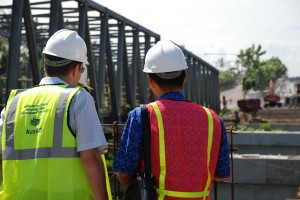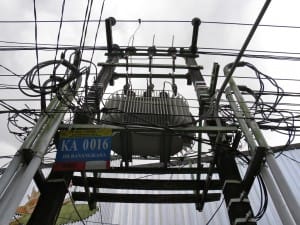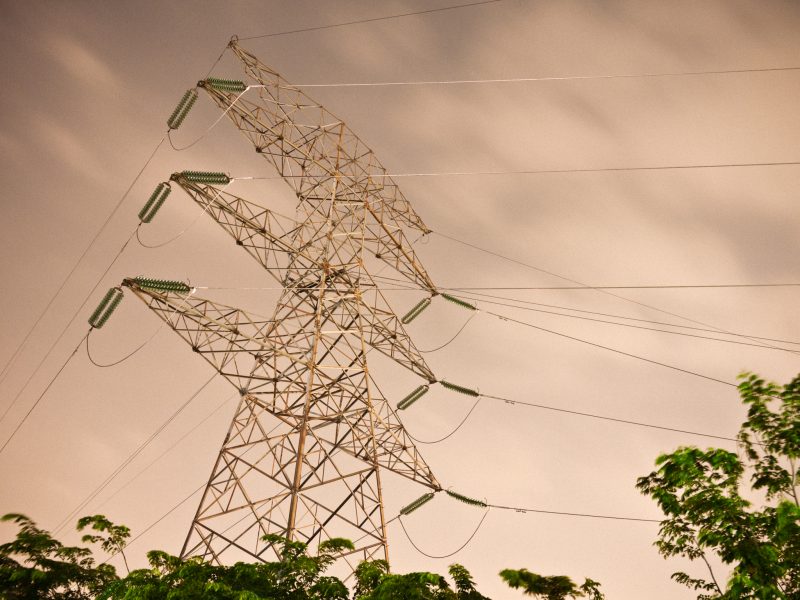Here’s what private investors who are keen on Indonesian infrastructure projects should consider before moving forward.
The Indonesian Government needs private sector help to achieve its ambitious target to improve the country’s inadequate infrastructure. According to officials’ estimations, this will cost more than US$400 billion over the next five years. However, analysts say that Southeast Asia’s largest economy will have to make some significant changes to attract some much-needed investments from the private sector.
President Joko Widodo, aka President Jokowi, says that he wants to aggressively ramp up infrastructure projects such as seaports, toll roads, and power plants to help prop up the country’s economic and international development. Last week, Indonesia saw several big infrastructure projects worth more than US$9 billion launch in Central and East Java, as well as South Sumatra. The launches finally came after long delays, partly caused by land acquisition difficulties – a notorious and long-standing problem in the world’s largest archipelago.
Last month, Jokowi also announced that the Government would invest US$22 billion in infrastructure projects and US$3 billion more into state-owned enterprises (SOEs) that are involved in the infrastructure push to one degree or another.
These companies include electricity provider PT Perusahaan Listrik Negara (PLN), construction company PT Waskita Karya, and PT Kereta Api Indonesia, the nation’s railway transportation provider. While funds the Government is injecting into infrastructure projects amounts to more than twice last year’s allocation, this is still a far cry from what Indonesia actually needs to realise its target, and that’s where Public Private Partnerships (PPPs) come in.
While infrastructure projects in Indonesia are dominated by SOEs, the Government claims to offer “equal opportunities” for all players, says Rudy Salahuddin, Director for Infrastructure Planning at Indonesia Investment Coordinating Board (BKPM). According to Salahuddin, the Government is eager to add power plants to its existing grid to provide an additional 35,000 megawatts of electricity. Other priority projects include two dozen seaports, more than 1,000 kilometres of toll roads, and 15 airports across Indonesia.
“The Government realised that they don’t have enough money to fund these projects,” says Salahuddin. “That’s why we were offering public private partnerships.”
Among those government-prioritised infrastructure projects, “power is still the one that sees the most deals” because it’s deemed as “the most viable” investment in Indonesia, where demand for electricity has long outweighed supply, says Luke Devine, Head of the Energy, Mining, and Infrastructure Group at Baker & McKenzie Asia Pacific.
The Government says that the additional electricity supply will be distributed to many remote islands of Eastern Indonesia, and eventually it will boost economic growth to six percent, or more. To achieve this target, PLN would need a total of US$77 billion. However, Nur Pamudji, president director of the SOE, told reporters last year that the Government can only come up with around 52 percent of the total.
Aside from power plants, analysts believe ports and toll road projects will be lucrative in the eyes of investors, especially in a country where around 17 percent of a company’s total expenditure is spent on logistics. This much is true as per data from the Indonesian Chamber of Commerce and Industry. According to its report, transportation costs for land and sea are higher in Indonesia when compared to neighbouring countries. This provides a big opportunity for private sector investors, who must win a tender first to be partnered up with SOEs – such as toll road operator PT Jasa Marga or ports giant PT Pelindo IV – in a PPP scheme.
For toll roads, the Government has given reassurance that land acquisitions should run smoothly, thanks to a 2012 law on land acquisition for public interests that went into effect on January 1. “The Government now can enforce land acquisition for public interest,” says Salahuddin. “It’s a certainty we can offer investors.”
This combination of state-budget allocations, investments into SOEs, and easier land acquisitions makes the Government confident about exceeding its expectations on infrastructure projects, according to Salahuddin. But some analysts remain doubtful, despite an improved investment climate in Indonesia. Foreign and domestic investment realisation reached US$37 billion last year, a 16.2 percent increase from 2013. However, “it’s still quite a stretch to say that the [investment climate] is conducive enough in Indonesia,” says Alejandro Perez, Senior Investment Officer for Infrastructure and Natural Resources at World Bank’s investment advisory arm, International Finance Corporation, in Jakarta.
Many regulations that overlap could hinder investments from the private sector, particularly foreign investors. “For example, power plant projects would normally involve Bappenas, the Ministry of Energy, and other ministries,” says Perez, referring to National Development Planning Agency. “That creates a lot of uncertainty.”
Analysts also warn that Indonesia’s weakening rupiah against the US dollar could further dampen the country’s value in terms of profitability. “There’s a worry [among investors] because they have to use rupiah in all transactions,” explains Devine. “Because the rupiah has been declining in the past few years, while on the other hand, investments in US dollars would add good profit.”
Not all sectors are rosy. Perez says that the geothermal energy sector in Indonesia – in which one of the key players is Japan’s Sumitomo Corp – could prove “difficult and risky” for investors. “Geothermal projects are risky because you don’t know if there are enough resources until you drill a well,” says Perez. He added that every drill costs US$8 million, and in practice, mining companies normally drill three or five wells. But before the drilling even begins, mining companies need to allocate some money to build roads to get to and from the fields, according to Perez.
Another sector that’s considered bad play is water. “For many people, it is a right that everyone must have access to,” Perez explains. For this reason, profit-seeking foreign investors’ involvement in this sector could even be interpreted as a violation of the local constitution.
Investors will also continue to monitor whether Jakarta has implemented bureaucracy simplifications – something that Jokowi has promised since the beginning of his presidency. In the past, tender documents for projects like toll roads and seaports in Indonesia often took time to be issued. “Too many deals have been postponed by the Government,” says Devine. “That’s why there has been only one seaport project in the last five years.”
While analysts say they wouldn’t be surprised if Indonesia doesn’t meet its spending target on infrastructure this year, it’s expected that foreign investors, mostly from Asian countries like Japan, Korea, Thailand, and China, will remain bullish on the country’s PPP offerings.
“There are a lot of foreign investors bidding in these projects,” says Devine. “If the Government is serious about making it happen, I’m positive that [investments in] infrastructure will continue to pick up.”




